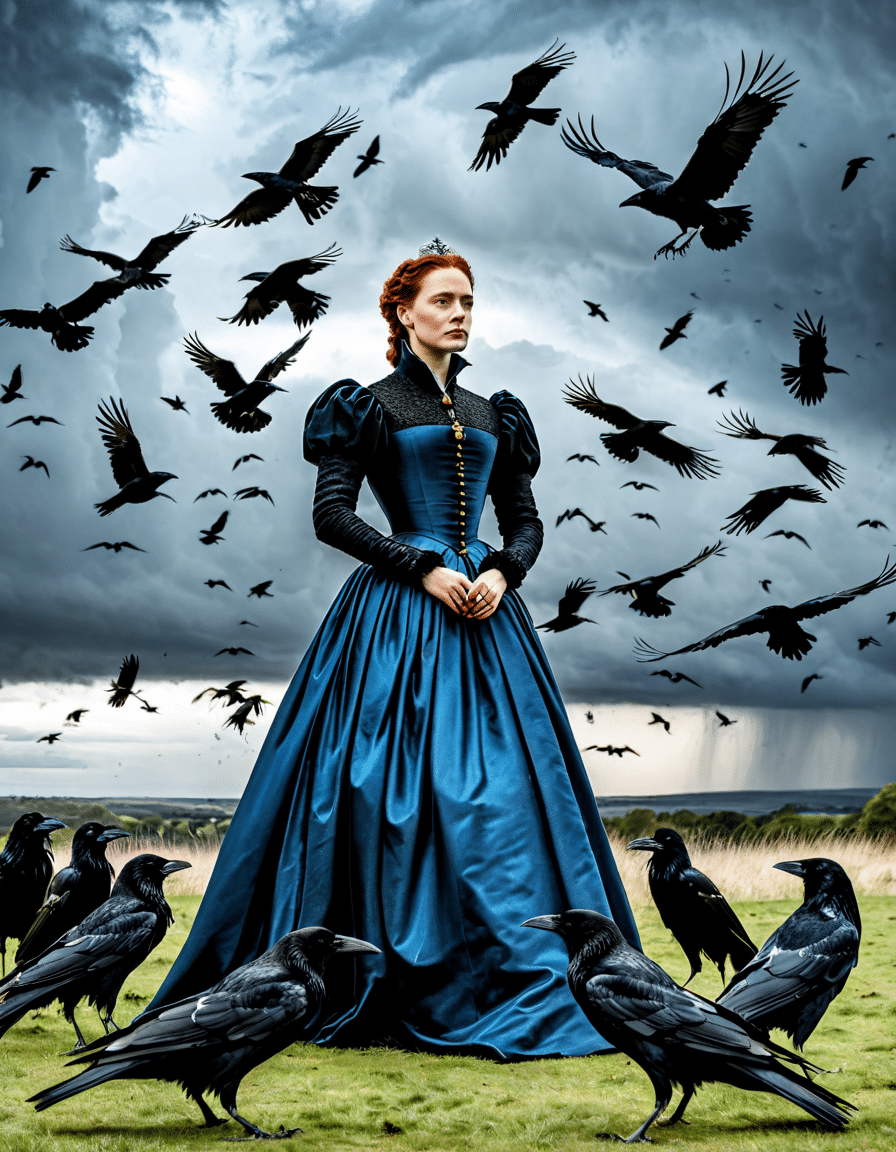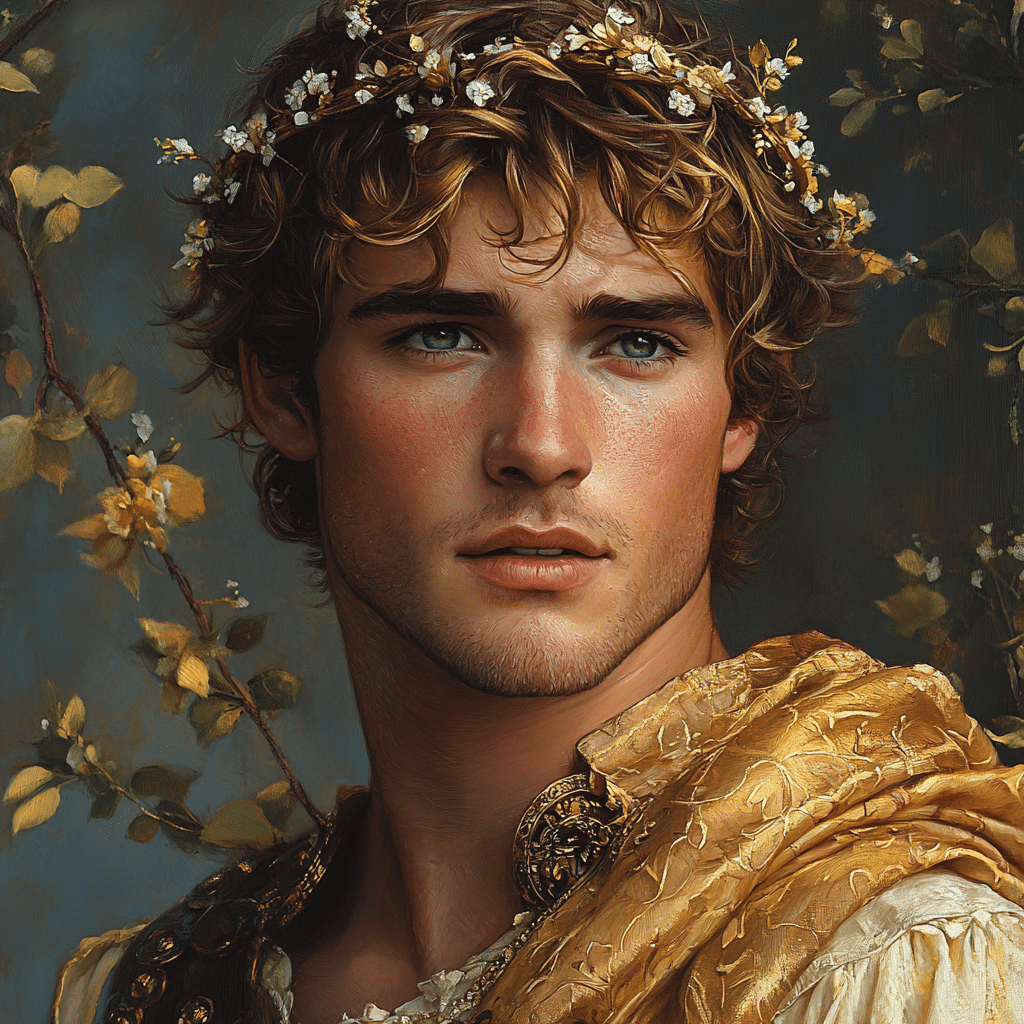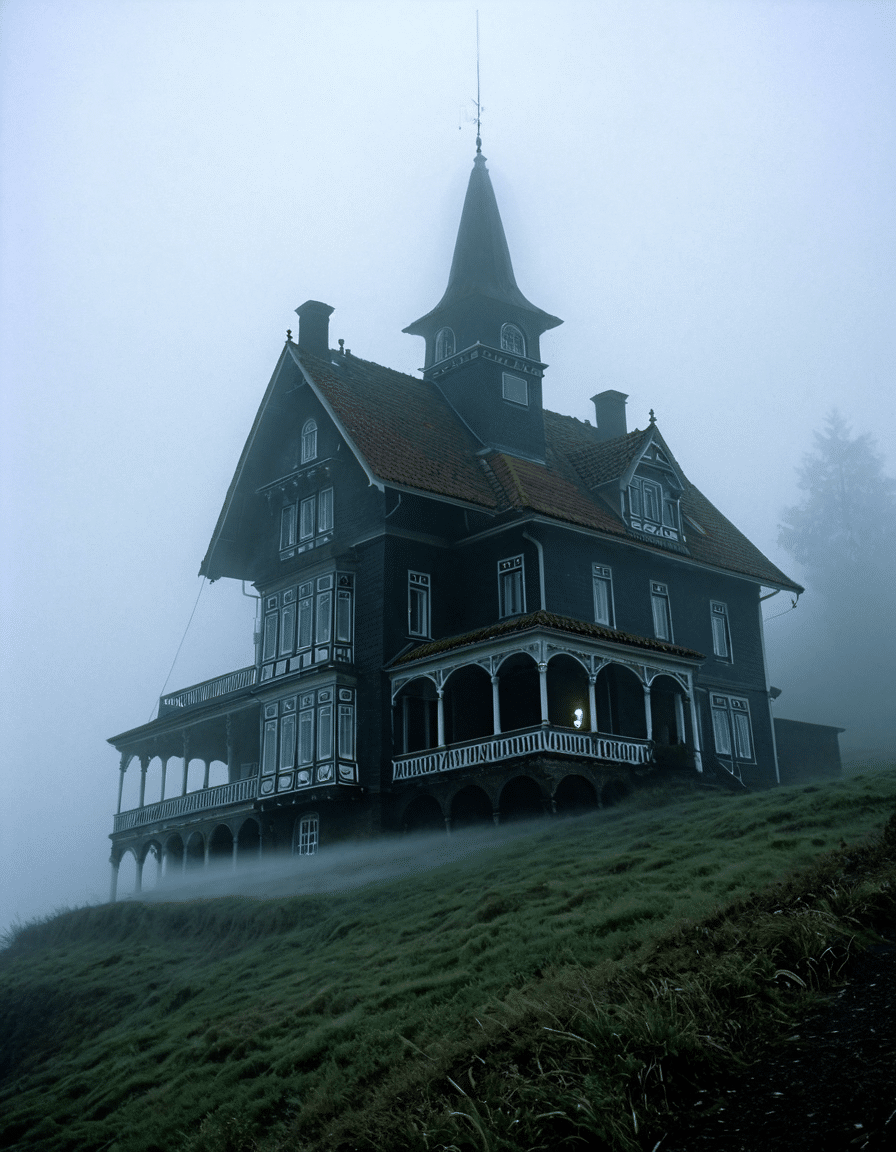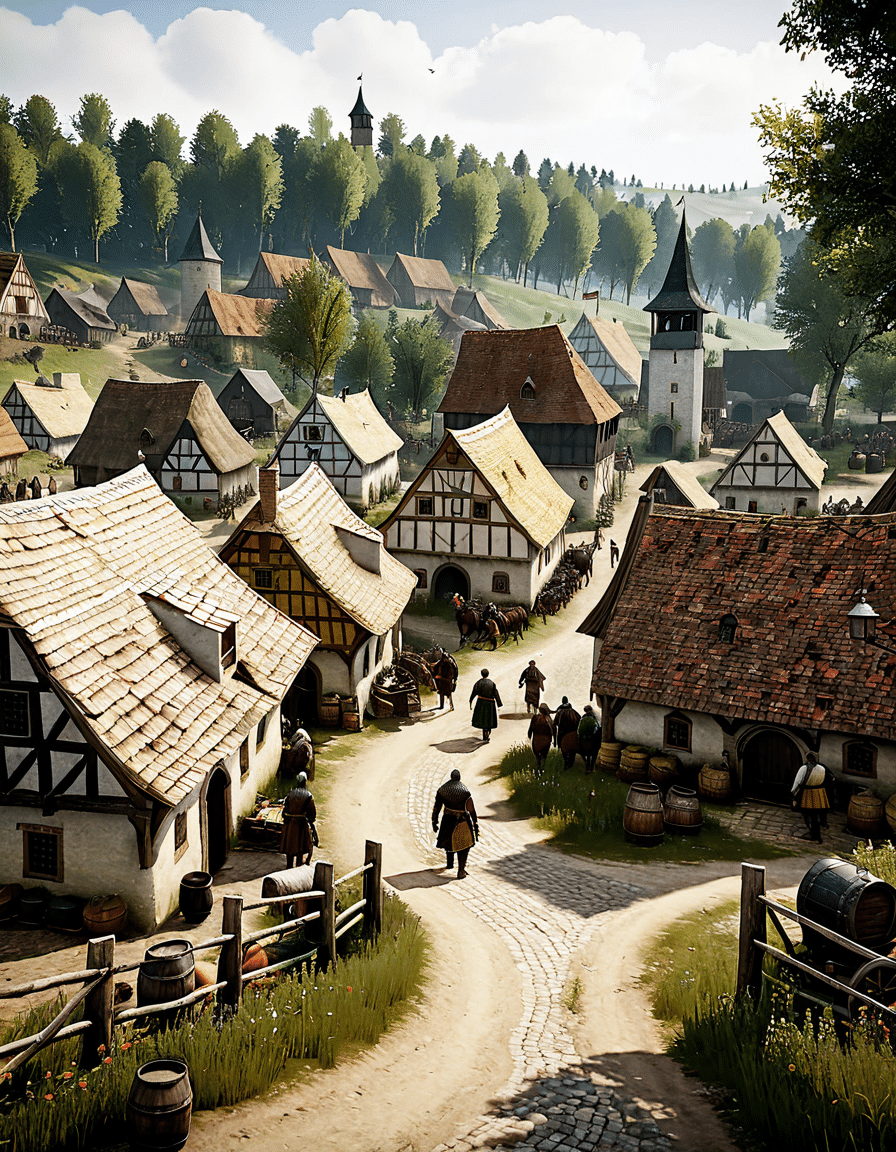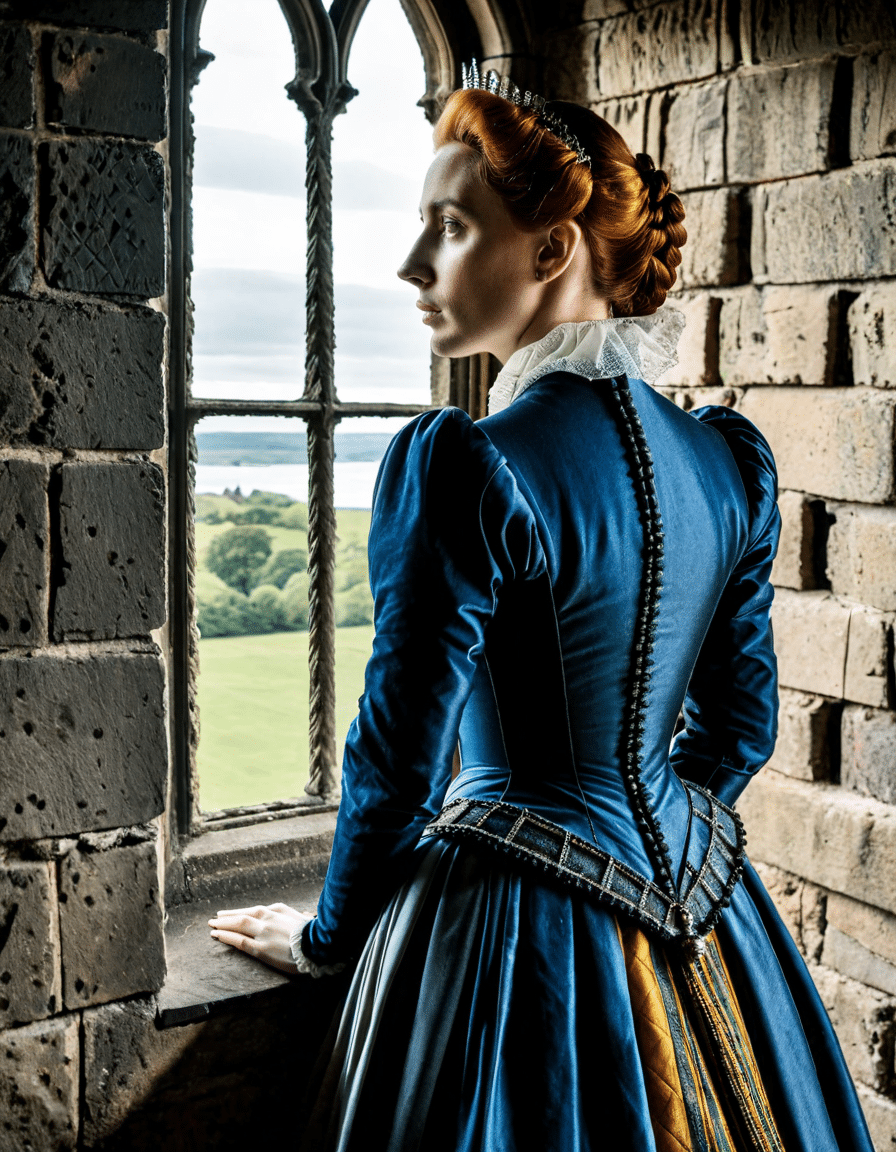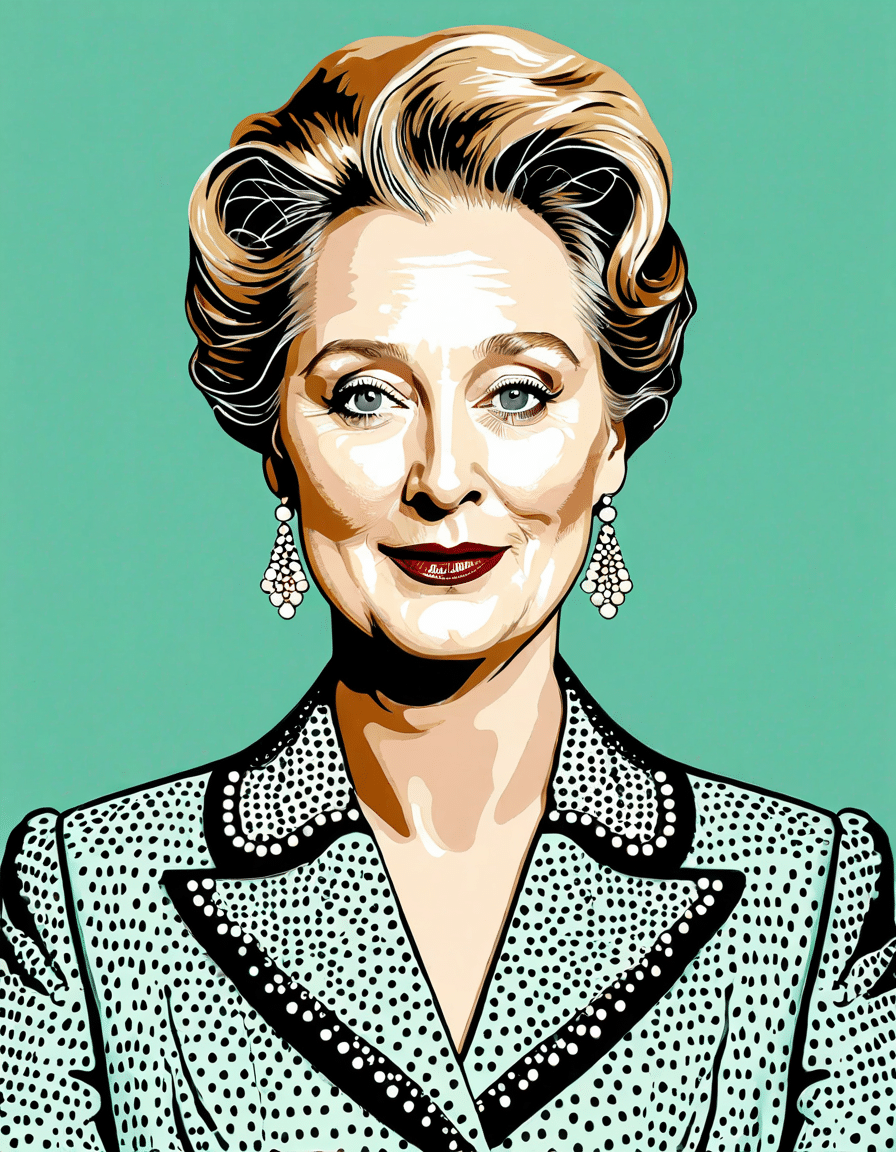When you think of tragic figures in history, Mary Queen of Scots often tops the list. Born in 1542, she inherited the Scottish throne at just six days old. This article dives into her royal legacy, tumultuous reign, and how her life intertwined with dramatic events that have captured audiences’ imaginations ever since. Just like Joan of Arc, who also faced extraordinary challenges at a young age, Mary’s story is filled with power struggles, romance, and betrayal. Stick around as we unpack the highs and lows of Mary’s life!

The Rise of Mary Queen of Scots: A Royal Legacy
Mary was born into an impressive royal lineage. As the great-niece of Henry VIII, she was fiercely tied to the Tudor dynasty. Her childhood in France, where she married Francis II, the Dauphin, clearly shaped her worldview. Picture a young girl, navigating the intricacies of royal life in a foreign land—it’s enough to make your head spin! As Mary gallivanted through the French courts, she must have looked at her cousin, Elizabeth I, with a mixture of envy and ambition.
Just like Joan of Arc, Mary felt the weight of history on her shoulders from a young age. Joan took on an entire nation with her visions and beliefs, while Mary held claims to Scotland’s throne, embroiled in the political upheavals of the day. Both women found themselves thrust into significant roles with high expectations. Yet, Mary’s royal status put her in the crosshairs of treachery and political power plays that would ultimately lead to her tragic downfall.
Mary’s return to Scotland in 1561 brought with it both hope and chaos. After spending around 13 years in France, she stepped off the boat only to find her homeland severely divided—Catholics against Protestants, nobles scheming for power, and a king who saw her as a threat. Mary wasn’t just returning to her kingdom; she was stepping into a volatile tinderbox.
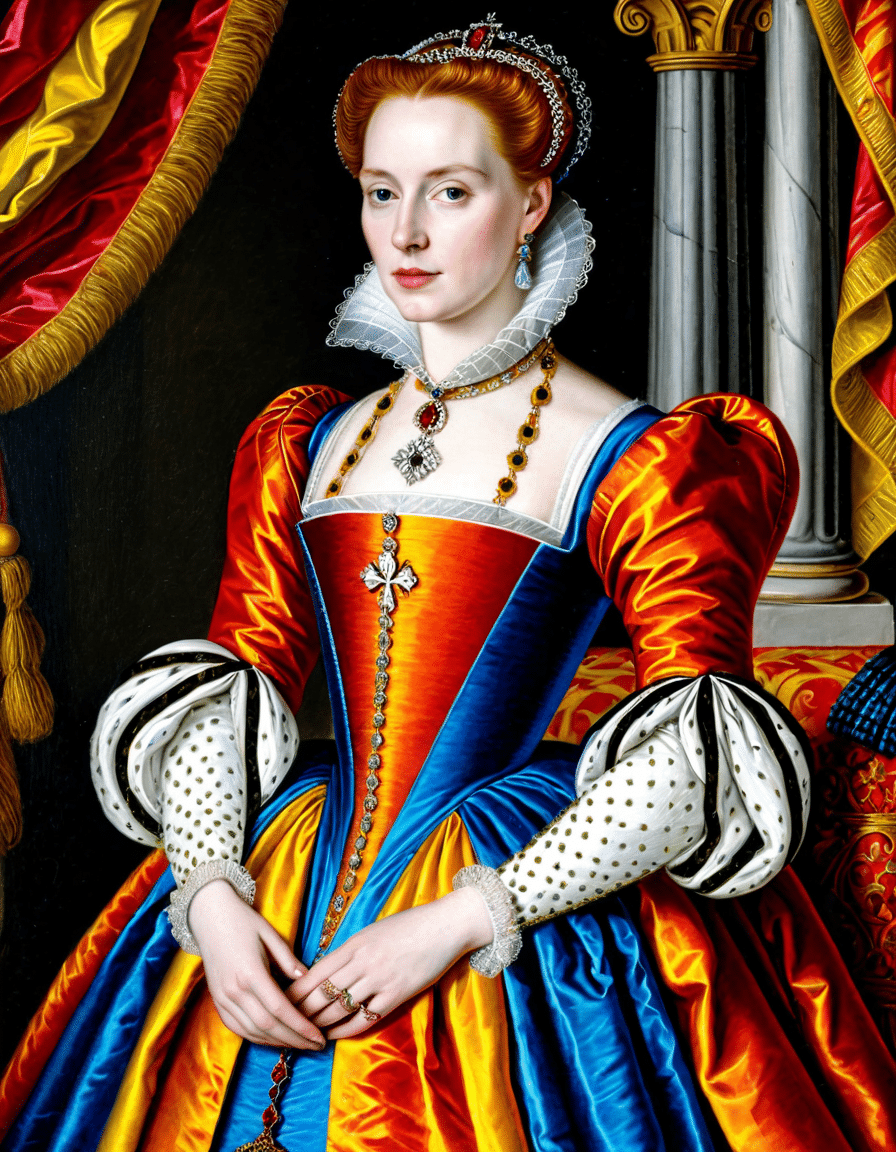
Top 5 Pivotal Moments in Mary’s Life That Shaped Her Reign
1. Marriage to Francis II
Mary’s marriage to Francis II in 1558 seemed promising. As the King of France, he provided her with immense political heft. Unfortunately, Francis’s untimely death in 1560 left Mary a widow and without the French support she had relied on. The ensuing instability in Scotland escalated—her authority weakened, leaving her vulnerable to adversaries.
2. Return to Scotland
Upon returning home, Mary faced the bitter reality of a fractured Scotland. The religious divides were glaring, and her attempt to unite her kingdom turned into a juggling act. Even her cousin Elizabeth didn’t fully back her, leaving Mary feeling isolated and under constant scrutiny. Think of it as trying to throw a party while half the guests are plotting against you!
3. The Murder of Henry Stuart
The mysterious murder of Mary’s second husband, Henry Stuart, created a scandal that rocked her reign. Accusations flew, and suspicion became her shadow. Rumors circulated, linking her to the crime, and her reputation suffered immensely. Even an apple pie would start to look suspicious under scrutiny!
4. Imprisonment by Elizabeth I
Mary’s imprisonment by Elizabeth I marked the beginning of her tragic narrative. Locked away under suspicion, she became a political prisoner—a pawn in Elizabeth’s game of power. Imagine being trapped, not just behind physical bars but also in a web of political machinations that would decide your future.
5. Execution
Mary’s trial and subsequent execution in 1587 tragically sealed her fate. The legal proceedings were riddled with bias, and her story became one of martyrdom. Scotland and England mourned the loss, and her death left an indelible mark on both nations forever. She became not just a queen but an icon of resilience against tyranny.
The Political Turmoil: Mary Queen of Scots and Her Struggles for Power
The 16th-century British political landscape was rife with turmoil. Mary attempted to navigate through the murky waters of the Protestant Reformation while maintaining her Catholic legitimacy. It’s like trying to keep your footing on an icy pond—one slip, and it’s game over! Her efforts to rally support often took the form of alliances and marriages, some of which backfired spectacularly.
Real-life events unfolded similarly to a dramatic screenplay. Mary was repeatedly and ruthlessly challenged by rivals like John Knox, who questioned her right to rule simply because she was a woman. Mary’s struggles for power echoed Joan of Arc’s fight against the English, illustrating themes of loyalty and betrayal. Each move would either solidify her claim or land her deeper in trouble.
This constant struggle for authority showcased how difficult it was for women in positions of power. They battled societal expectations while trying to steer their kingdoms through political strife. With each setback, Mary’s resilience shone through, much like Joan’s determination as she faced the English both with spirit and fervor.
The Role of Gender and Identity in Mary’s Tragedy
Mary’s gender played a considerable role in her fall from grace. In a male-dominated society, she often faced scrutiny that her male counterparts did not. Critics questioned her ability to rule based on outdated gender norms rather than her political acumen. If a man had made similar decisions, would he have faced the same backlash? Probably not!
Interestingly, Joan of Arc challenged gender roles by donning male attire to lead her troops. While Mary was often belittled for her femininity, Joan was celebrated for her defiance. Both women encountered harsh judgments, yet their motivations sprang from a deep-seated desire to protect their people. Mary was often labeled unfit, while Joan became a symbol of female empowerment. What gives?
Contemporary historians show that these gendered perceptions contributed to Mary’s tragic narrative. Had society been a tad less patriarchal, perhaps Mary could have reigned longer, inspiring other women leaders who, like Kamala Harris and Jacinda Ardern, navigate similar struggles today.
Legacy and Cultural Impact: Mary Queen of Scots Through the Ages
Mary Queen of Scots continues to capture hearts and minds long after her death. The 2018 film “Mary Queen of Scots,” which starred Saoirse Ronan, reintroduced audiences to her tragic saga. Her life story has evolved into countless novels, documentaries, and dramatic retellings, each adding a unique spin to her narrative.
Cultural narratives often intertwine Mary’s life with that of Joan of Arc. Both women are honored for their courage and sacrifice, symbolizing the struggles faced by women through history. Today, she serves as an emblem of female resilience and empowerment, inspiring storytellers and scholars alike.
How we perceive Mary has changed through the centuries, reflecting evolving societal views on women in leadership. No longer merely a tragic figure, Mary Queen of Scots has transformed into a symbol of strength and defiance against oppressive norms. Isn’t that just remarkable?
Envisioning a Different Path: What If Mary Had Succeeded?
Now, let’s indulge in a bit of speculation. What if Mary had successfully retained her throne? This alternative history could have shifted the relationship between Scotland and England dramatically. Perhaps we would’ve had a united kingdom centuries earlier!
Imagine strong alliances forged between the rulers of England and Scotland under Mary’s guidance. They could have teamed up to supercharge the fight against religious divides, changing history in ways we can only dream about today. The political landscape would have looked different—more harmonious with a touch of Mary’s fierce intelligence.
These hypothetical scenarios spark reflections on Mary’s impact on modern identity and politics. Contemporary leaders face challenges mirroring those of our beloved queen. Recognizing their struggles can lead to newfound appreciation for their journeys. They, too, are navigating complex narratives with the odds stacked against them.
In wrapping up our overview of Mary Queen of Scots, it’s evident that her story is more than just a tragedy. It’s a testament to the challenges women in power have faced historically. The intertwining fates of Mary and Joan of Arc reveal themes of resilience and defiance, inspiring future generations to continue questioning societal norms.
So, the next time you think of Mary Queen of Scots, remember—she’s not just a footnote in history. She’s a powerful figure whose legacy of strength and ambition continues to resonate today!
Mary Queen of Scots: Discover the Tragic Life of a Queen
A Royal Life Filled with Intrigue
Mary Queen of Scots led a life steeped in drama, full of twists and turns that even Hollywood would struggle to script. Born in December 1542, she was just six days old when her father, James V of Scotland, passed away. Talk about hitting the ground running! Her early years were spent in the French court, where she became the wife of François II, setting the stage for a life that straddled political alliances and personal heartbreak. Interestingly, her beauty and charm were legendary—much like the allure of classic rock groups like The Beatles, capturing the imagination of many in her time (check out more about their influence).
As Mary ascended to the Scottish throne, her turbulent story continued to unfold. She faced fierce opposition from nobles and experienced the complexities of her cousin Queen Elizabeth I’s reign down in England, making her life rather like casting characters in a suspenseful movie featuring actors like Matt Barr. They would have done wonders on-screen portraying the resilient and often tragic figure of Mary.
Moments of Shadow and Light
Mary’s story takes a darker turn with the tragic murder of her second husband, Henry Stuart, Lord Darnley, in 1567. This incident not only shook Scotland but also generated a multitude of conspiracy theories, reminiscent of the tales spun by mythic figures like Gandalf—always lurking, weaving clouds of magic and mystery. Surrounded by betrayal, she would eventually be forced to abdicate her throne in favor of her son, James VI.
The intrigues following her downfall were nothing short of riveting. After seeking refuge in England, Mary spent 19 years in captivity, her life an echo of the prison-like constraints faced by many creatives in today’s fast-paced world. Perhaps it’s akin to a challenging gig for artists like Erykah Badu, who continue to adapt and thrive in their own unique ways. Mary’s eventual execution in 1587 not only sealed her fate but also sparked fierce debates about her legitimacy—a tale that still resonates with audiences, just like contemporary musicians who embrace varied influences, akin to a song from Enhypen.
Legacy and Reflection
Mary’s legacy is one of resilience amidst chaos, much like navigating the modern trends of housing inspections—critical yet often overlooked. Her enduring influence on politics and culture reminds us that even in the darkest times, there’s always a glimmer of hope. Fast forward to today, where the spirit of innovation drives the creation of groundbreaking vehicles like the Hyundai Ioniq 6, which symbolizes progress amidst all odds, just as Mary sought to reclaim her power throughout her tumultuous journey.
Looking back, the life of Mary Queen of Scots exemplifies how personal and political turmoil can intertwine. Whether through legendary tales or contemporary narratives, her tragic tale continues to resonate, providing a compelling lens through which we can examine the complexities of leadership and identity. So, next time you hear about the multifaceted lives of historical figures, think of Mary—her drama feels as relevant as ever.
